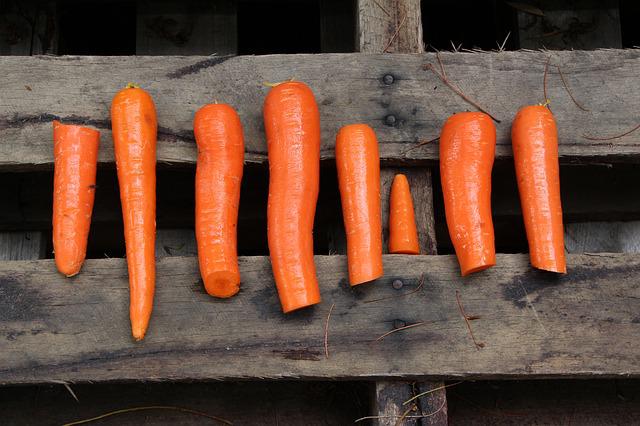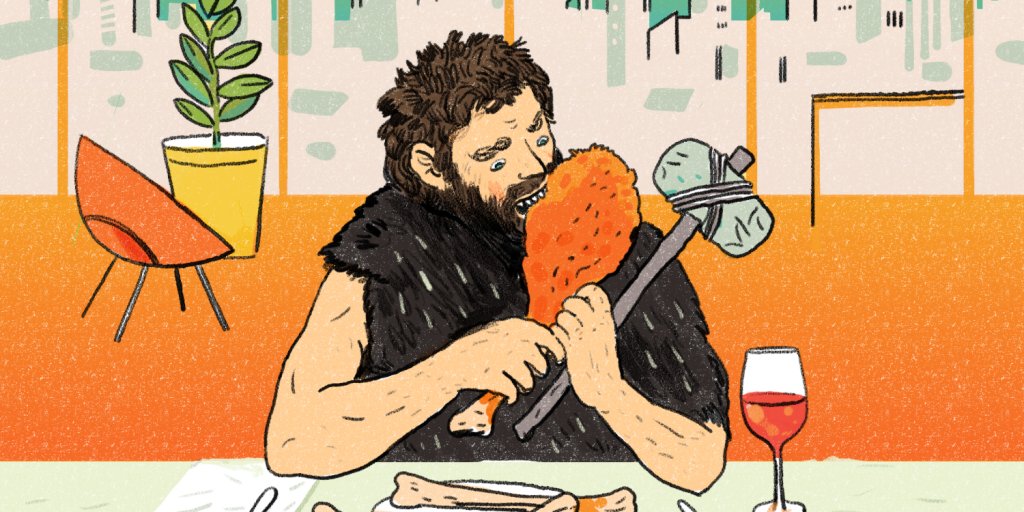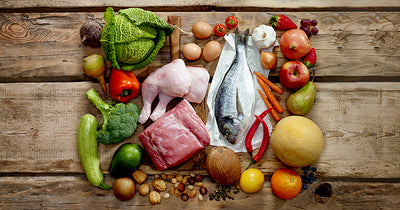
The Paleo Diet, which is low in carbs, is not right for everyone. In fact, there are still many nutrition and diet myths that are held dear to doctors' offices. The benefits of this diet are numerous. Read on to learn more about the health benefits of the Paleo diet. Your individual health needs will determine whether or not this diet is right for you. Read this article before you decide to adopt a low-carb lifestyle. These are the most common questions I receive.
Reduces inflammation
Paleo was designed to reduce inflammation. Typically, this conversation revolves around questions about specific foods or nutrients that can trigger inflammation. Low-carb diets can help reduce inflammation. This is one nutrient people are most likely to keep track of. What makes a low carb diet anti-inflammatory? Here are some ways to cut carbs and enjoy the health benefits of a low carb diet.
Despite the many benefits of the Paleo diet, there is still a lack of research on its effectiveness for people with Hashimoto's disease. It is important to consult your doctor before you start any treatment. There have been studies that suggest the diet may be beneficial in managing chronic diseases such as Crohn’s disease, ulcerative collitis, and arthritis. While more research is necessary, there is evidence that it may be able to help with diseases like Crohn's, ulcerative colitis and rheumatoid.
Triglycerides

Although Paleo Diet was promoted as a way to lose weight, there aren’t many clear results on triglycerides. Studies show that low-carb diets can raise cholesterol and increase triglycerides. However, other studies have shown that they improve heart health. Triglycerides, a fat-based fuel, are stored within fat cells.
Triglycerides are the primary component of body fat and are produced by the conversion of calorie intake to fatty acids. These are stored in fat cells where they can be released as energy. Excessive triglycerides, known as hypertriglyceridemia, can cause adverse effects on the cardiovascular system. A low-carb diet can help lower triglycerides.
Study results showed that those who ate a high level of fats and low levels carbs saw significant reductions in their triglycerides. Their total cholesterol levels also decreased by 13%. Participants experienced no side effects and lost a median of 10 pounds on the low-carb, safe diet. A long-term trial involved overweight adults who went on a ketogenic diet for 24 weeks. The results showed that there were lower triglycerides, a reduction in body weight and BMI, as well improved blood glucose and LDL levels.
Blood pressure
Many Paleo-lovers are concerned about the possible adverse effects on blood sugar from a low-carbohydrate diet. Truth is, a healthy diet can lower blood sugar by reducing cortisol levels and replacing processed foods with whole foods. Low-carb diets don't lead to orthostatic hypertension which is something many people are concerned with. Here are some tips for lowering blood pressure when eating Paleo.

One study found that low-carb diets are better than traditional weight-loss programs for treating high blood pressure. This is not conclusive but it is worth noting that it has been proven to lower blood sugar without causing weight loss. A Paleo diet can also improve glucose tolerance, insulin secretion, lipid profiles and cholesterol levels. Furthermore, moderate weight loss on the paleo diet can reduce the risk of high blood pressure and obesity, as well as improve glucose tolerance.
Weight
The paleo diet isn't new. While it has been around since the 1960s, it became popular in 2000 when crossfitters and athletes started to use it as a fuel source. Today, many food companies offer paleo-friendly options. But what exactly is it? What are the benefits for your body? What are the benefits of it for weight loss? Find out more. This article will cover the benefits as well as drawbacks of a Paleo diet.
Mixing carbs and fat triggers reward circuits within the brain. The body stores more fat when carbs are combined with fat. It is easy to gain extra weight because of how palatable this combination is. This problem can be combated by cutting down on sugar, grains and harmful vegetable oil consumption. Instead, eat more whole foods and less processed foods.
FAQ
What's the difference between a professional chef and an amateur cook?
A chef is someone who prepares food for others. A cook cooks for others. While both jobs involve the preparation of food, a chef interacts directly with his customers. This means that they can have to decide what food to serve customers based their preferences. A cook doesn't need to interact with clients. Instead, he or she ensures that the food tastes good before serving it to anyone.
What are the basics of cooking?
Basic cooking skills include knowing how to read recipes, measure ingredients, cook food safely, and clean up after yourself. This is the first step to learning how to cook. Cooking is an excellent way to save money because you don’t have the need to eat out as often.
What should a beginner cook first?
For beginners, it is best to begin with something simple like pasta, rice or soup. If you want to learn how to cook, go for a recipe book or YouTube video. Cooking with friends is much more enjoyable. Have a group of friends cook, or cook together.
Statistics
- According to the BLS, chefs earn $58,740 a year. (learnhowtobecome.org)
- In the United States, the category is estimated at $23.2 billion annually and is growing faster than the market. (washingtonpost.com)
- under 10 Kids have been taught that there is special food just for them, and Fiese says that 10 percent of kids will throw a tantrum if they don't get the food they want. (washingtonpost.com)
External Links
How To
How to make an omelet that is perfect
Omelets is one of my favourite breakfast foods. But how do you make them perfectly? Many different recipes and methods have failed to work for me. Today, I'd like to share some tips with you in order to make delicious and fluffy omelets every day.
Before we start making omelets, let's remember that eggs are temperamental. They must be fresh, preferably from the organic market, and be kept cold until cooking. They must be kept cool, otherwise the whites will not form properly and the yolks may become runny. This causes your omelets to look oddly colored. If you intend to cook your eggs immediately, it's best to use room-temperature egg.
Another tip is to separate each egg before adding them to the saucepan. You don't want any white to get mixed up with the yolk because this could cause the omelet to curdle.
The bottom part of an egg that is added directly to the stovetop might be burned, which could cause a ruined texture in your omelet. Instead, put the egg in the microwave for 10 seconds before putting it into the pan. The microwave heat cooks the eggs just right without overcooking them.
Next, let's discuss mixing the eggs. When mixing eggs, it is important to thoroughly beat them. You need to turn the bowl of the mixer upside down. Next, shake the bowl vigorously. This allows the air to be whipped and the egg to be mixed thoroughly.
Now comes the fun part: adding the milk to your mixture. Pour half the milk into the beaten egg mixture and then fold in the eggs. Don't worry if there are still streaks of egg visible; these streaks will disappear once you flip the omelet.
After you have folded your eggs, heat up the oil on medium heat. Wait for it to get hot. Add 1/4 cup butter to the oil and swirl it around to coat all sides of the pan. Carefully open the pan's lid and add salt to the pan. The salt will help to prevent the omelet's sticking to the pan.
Cover the pan once the omelet is formed and allow it to cool completely. Flip the omelet with a spatula, or flip it upside down. Cook the opposite side for another minute. Take out the omelet and place it in a bowl.
This recipe works best with whole milk, but skimmed milk also works.